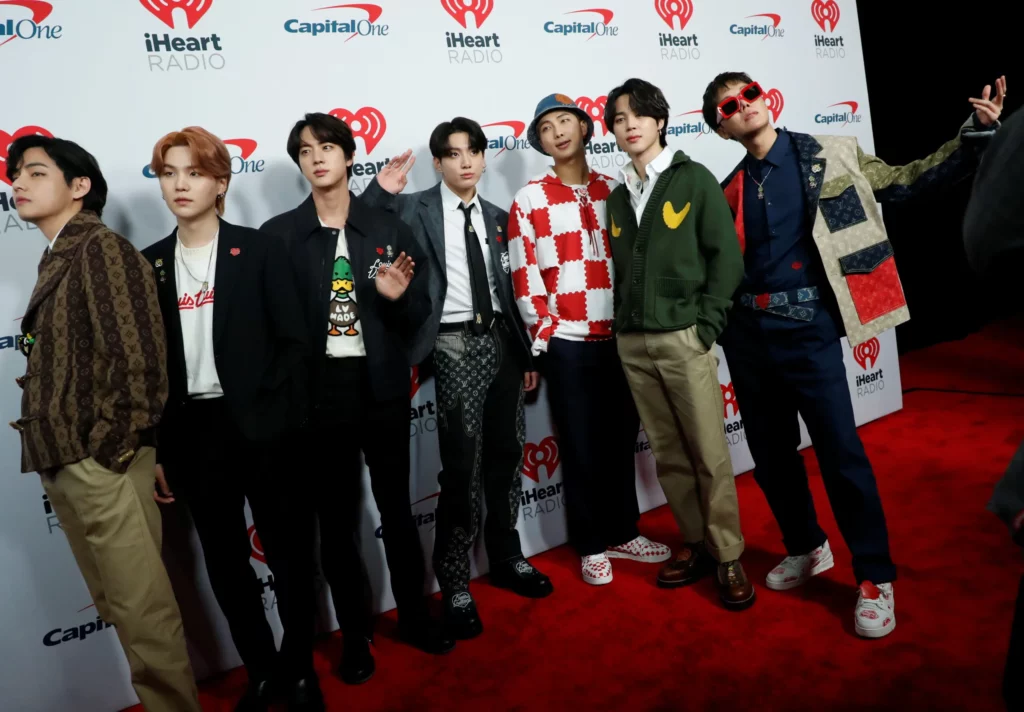In the digital age, music videos are a fundamental tool for promoting artists and songs. However, producing a professional music video can be expensive, limiting the possibilities for emerging artists with limited resources.
Don’t worry! You don’t need a big budget to create a memorable music video. In this article, we offer you 20 practical tips so you can create a quality music video without spending a lot of money.
Tips to Create a Music Video:
1. Planning:
- Define your message: What do you want to convey with your music video? What story do you want to tell?
- Know your target audience: Who do you want to reach with your video? What are their tastes and interests?
- Develop an aesthetic: What visual style do you want your music video to have? Define a color palette, typography, and other visual elements.
- Write a script: The script will help you organize your ideas and have a clear shooting plan. You don’t need to be a professional screenwriter, just an outline that describes the scenes in the video.
2. Pre-production:
- Set a budget: It is important to set a spending limit for your music video and adjust it to your available resources.
- Scout locations: Choose locations with meaning for the song or that convey the desired atmosphere. Look for free or low-cost spaces like parks, libraries, your own home, or even the street.
- Get the necessary equipment: You don’t need a professional camera. You can use your smartphone, a digital camera, or even a GoPro. Some accessories like a tripod or a stabilizer can improve the quality of your images.
- Assemble the production team: You can work with friends, family, or collaborators who are willing to help you with the shooting and editing of the video.
3. Production:
Lighting:
- Take advantage of natural light: Natural light can be your best friend. Film outdoors during the hours with the best natural light or look for indoor locations with large windows.
- Homemade diffusers and reflectors: You can create light diffusers with white paper or translucent fabric, and reflectors with aluminum foil or cardboard.
- LED lights: LED lights are an economical and versatile option to illuminate your scene. You can find them in different colors and temperatures to create the desired atmosphere.
Clothing:
- Reuse clothes you already have: You don’t need to buy new clothes for your music video. Look for clothes that match the style of the video and make you feel comfortable.
- Second-hand stores: Look for clothes and accessories in second-hand or vintage stores. You can find unique treasures at very affordable prices.
- Clothing swap: Organize a clothing swap with friends or family to renew your wardrobe without spending money.
- Accessories: Accessories like necklaces, bracelets, hats, or sunglasses can add a special touch to your look without spending a lot of money.
Makeup and hairstyle:
- Natural makeup: Natural and fresh makeup is usually the best option for a music video.
- Low-cost products: You don’t need to buy the most expensive brands to achieve a good result. Look for generic brand options or products on sale.
- Online tutorials: There are thousands of free tutorials on the internet that will teach you how to do different makeup and hairstyle looks.
- Ask for help: If you don’t feel confident with makeup or hair, you can ask a friend or family member with experience for help.
4. Recording:
- Shooting plan: Develop a shooting plan that includes the scenes, shots, locations, and resources needed for each.
- Rehearsal: Practice the scenes in advance so that everything flows naturally during filming.
- Sound recording: If possible, record the audio of the song separately to obtain better quality.
5. Post-production:
Editing:
- Free software: There are many free video editing programs that will allow you to edit your music video with basic tools.
- Online tutorials: Take the time to learn the basic functions of the editing program you choose. There are many free tutorials available online.
VFX and Transitions:
- Use effects and transitions sparingly so as not to saturate the video. Remember that the main objective is to highlight the music and the story you want to tell.
- Some basic effects you can use are: color filters, vignettes, cut and fade transitions.
- Less is more: Excessive use of effects can distract the viewer and detract from the quality of the video.
Music:
- Sound effects: You can add sound effects to complement the atmosphere of the video or to create funny or impactful moments.
- Additional music: If you wish, you can add additional music to the original song to create a richer musical experience.
- Music licenses: Make sure you obtain the necessary licenses to use the music you want in your music video.
Titles and credits:
- Add titles at the beginning and end of the music video to identify the song and the artist. You can also include credits to thank the people who participated in the production.
- Use a legible font that matches the style of the video.
- Keep titles and credits short and concise.
Promotion:
- Share your music video on social media, streaming music platforms, and submit it to music video contests and festivals.
- Use relevant hashtags to make your video more visible.
- Interact with your fans and thank them for their support.
Remember:
- The most important thing is to be creative and original. Don’t be afraid to experiment and try new things.
- Have fun during the creative process. The passion for your music will be reflected in the music video.
- Don’t be limited by the budget. With ingenuity and effort, you can create a memorable music video without spending a lot of money.
With these 20 tips, you are now ready to create a quality music video without spending a lot of money. Remember that the key is planning, creativity, enthusiasm, and passion for your music. Don’t limit yourself and let your imagination run wild!












